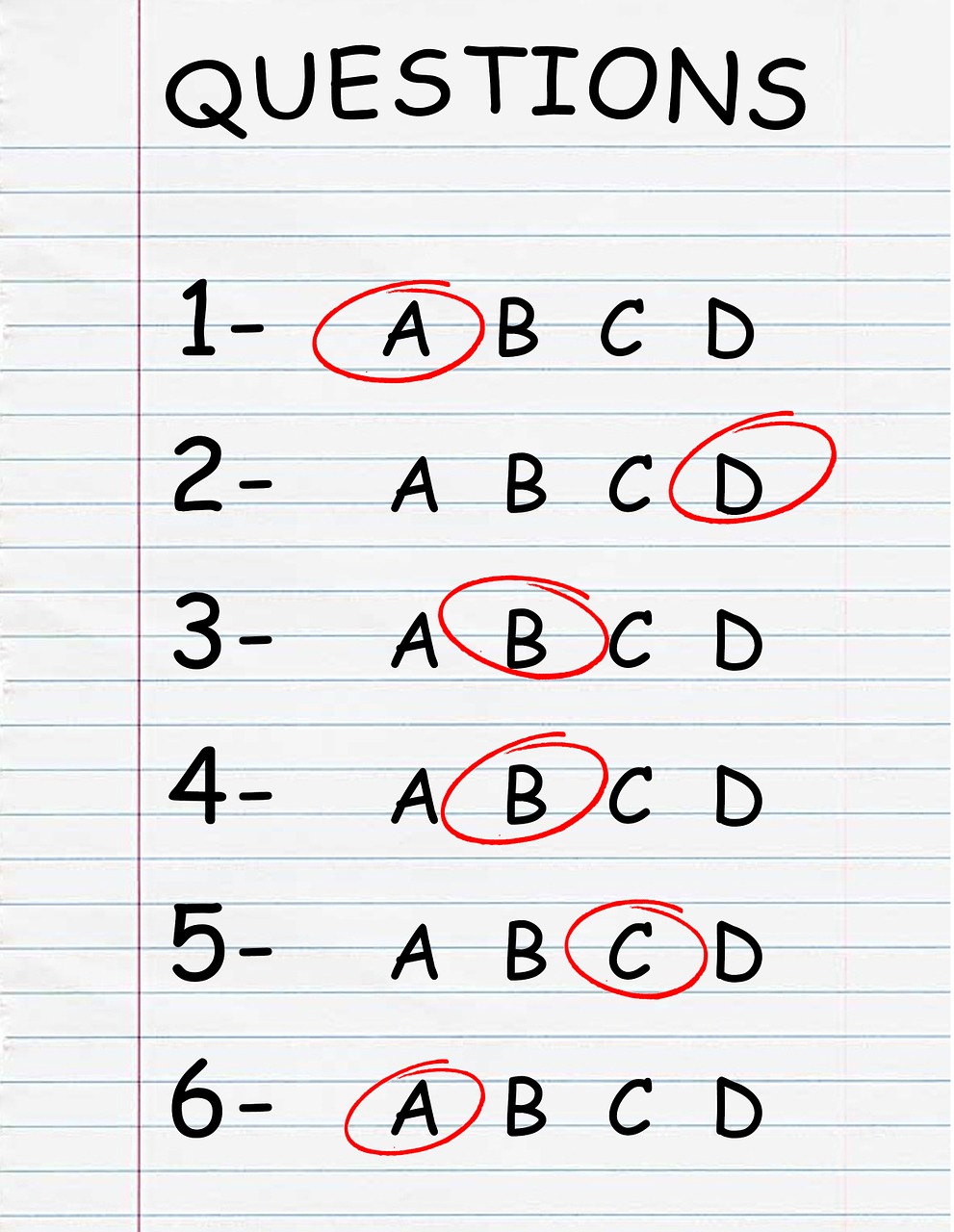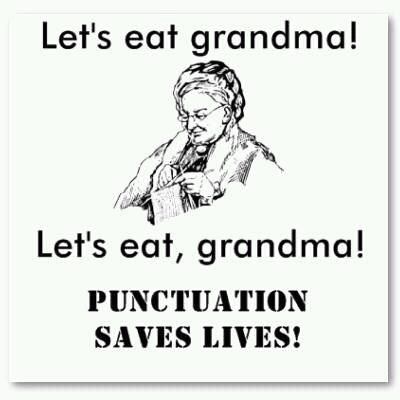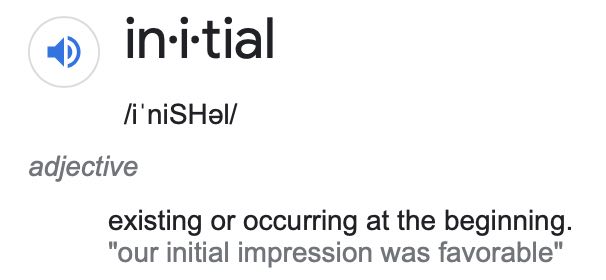Choose your answers
carefully

SWEEPING STATEMENTS
Statements that are absolute and leave no room for disagreement or differences are almost always wrong. For example:
" b. It provided a definitive resolution to an ongoing debate."
The word ‘definitive’ is problematic. People will argue about anything (for example, that the earth is actually flat). No debate is ever truly resolved.
"c. Science always conflicts with religion."
'Always' is problematic. For this to be true, we’d have to know every detail about every religion.

LEAVE YOUR OPINIONS OUT OF IT
Do NOT rely on your opinions or what you know to answer questions. Proof (aka, evidence) for the answer is ALWAYS found in the passage you are reading.

GUESS WHAT?
The answer is ALWAYS in the passage. ALWAYS. So, practice not guessing. If you can’t find the answer, ask yourself “what am I missing?” Sometimes reading the title of the passage and the blurb can help you to zoom out and remember what the central theme of the passage is.

IT'S A PROBLEM!
Use this cartoon as a tool to remember this: The ONLY time the word 'it’s' has an apostrophe is when you can interchange it with the words 'it is.' The word ‘its’ is already a possessive adjective. Adding an apostrophe just makes it wrong.
Its’ is NOT a word. EVER! (You'll sometimes see it as a trick answer on the ACT.)

PUNCTUATION SAVES LIVES!
Knowing your punctuation rules also gets you some easy points on the SAT and ACT. Thankfully, the kinds of questions that show up are very predictable.

WHAT DOES IT MEAN?
You can't answer a question if you don't know what it means. Below are some common SAT words. Knowing their meanings can make the difference between guessing on questions and easily answering them.



DON'T FALL FOR IT!
Almost right is ALL WRONG. Make sure you can find text evidence for every part of the answer.

THE FORMER OR THE LATTER?
Know what this means because it sometimes comes up on the SAT.
When used together, these two words refer to two items in a sequence. For example:
Cats and dogs are both popular types of pets. The former requires less exercise, but the latter is more fun.
Former points to the first of the two items (the cat) and latter to the last of the two (the dog). You can think that former and first both start with ‘f.’ Latter comes last—and both words start with 'l.'
"Give me six hours to chop down a tree and I will spend the first four sharpening the axe."

